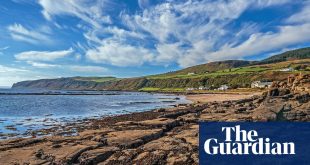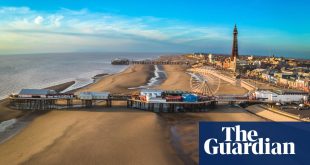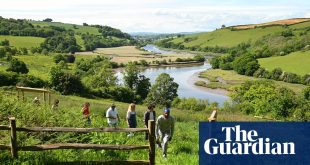As I set out for the Swanscombe peninsula from Greenhithe station, on the south bank of the Thames near Dartford in Kent, on a dull winter day, I tell myself to be realistic. I’m heading for Britain’s newest site of special scientific interest (SSSI) but it’s not going to be a wildflower meadow or an ancient woodland. This is a former industrial site situated on a part of the river long associated with the hidden, the forgotten and the thrown-away.
But something magical happens. Following signs for the England Coast Path, I fall through a wormhole in time and find myself in an unexpectedly lovely waterside village of flint cottages, old ship chandlers and cosy pubs. Here, in Greenhithe’s high street, is a slice of the old Thames. The air heavy is with woodsmoke and the only sound is of waves slapping against the banks. Out on the river, close to the spot where Sir John Franklin and his crew set sail on their ill-fated quest to discover the Northwest Passage through the Arctic, a flock of redshank are probing the mud as a tug guides a container ship out to sea.
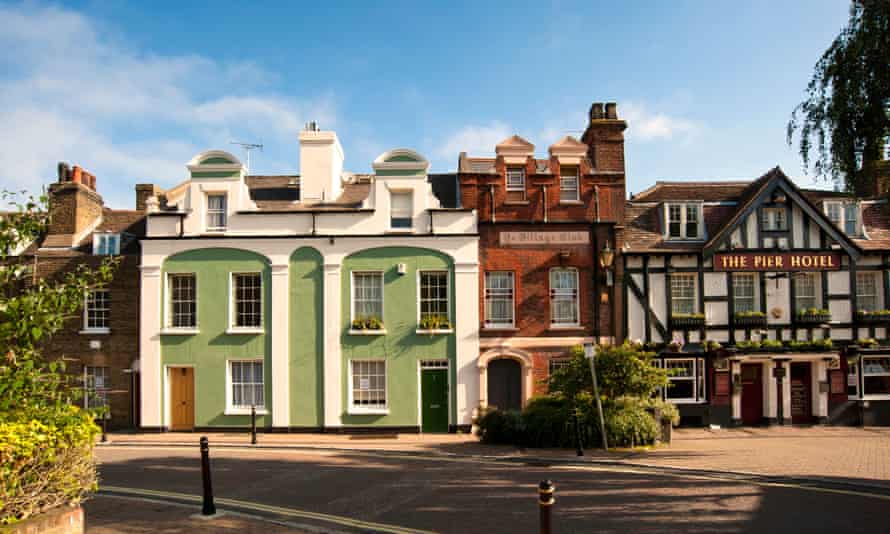
I feel my step slow, my mind ease as I follow the river through the once-rolling parkland of Ingress Abbey, now blighted by the pile-up of architectural styles that makes up most waterside developments. On the far bank I can see the industrial sprawl of West Thurrock. Kent has fared little better than Essex when it comes to poor planning decisions but here and there pockets of land have escaped. The Swanscombe peninsula, a mile or two east of Greenhithe, is one such place. A former cement works, abandoned in the 1990s, this landscape has been left in glorious, unfettered abandonment for decades, allowing nature to reclaim it.

The peninsula now comprises 259 hectares (640 acres) of wetland, woodland, lakes and, yes, flower-rich meadows. As I climb on to the sea wall, I see a large reed bed stretching away, its edges backlit by silver birches, those most pioneering of trees. They dust the site with spangles of gold. Deep within this swamp land I hear the ping-ping-ping of bearded tits, elegant and often hidden, peach-coloured birds with drooping black moustaches. I’m astonished. How could this area have remained vulnerable and unprotected for so long?
Sadly, so often we fail to see the value in places until they are threatened. Despite its designation as a protected landscape, the Swanscombe peninsula is earmarked to be turned into a theme park by London Resort Company Holdings, a project considered by the government to be “nationally significant infrastructure” thereby skipping what little planning protection is left in the hands of local councils. In order to save this wetland, conservation bodies including Buglife, the RSPB and Kent Wildlife Trust stepped in, and Natural England declared it an SSSI because of its importance for a number of scarce insects, plants and birds. But even with this level of protection, the developers hope to get the green light for their plans, claiming that the funfair will boost the economy of the area and that the fragile habitats can be recreated elsewhere.
I follow the coastal path around the shoreline. There is no escaping the fact that this landscape is not instantly attractive. A 190-metre pylon strings wires high across the Thames, and derelict buildings crumble beneath ivy. However, it is on our former industrial sites that nature shows us what rewilding really means. Birch and bramble clamber across piles of rubble; orchids bloom alongside the trackways. In the spring, bumblebees search for nectar among the coltsfoot. It is not only nature that benefits from such places. There is peace here, as rare as hens’ teeth on the fringes of the city, and I can picture what a wonderful place this could be to connect children in a largely deprived area with nature.
Despite the industry, there is something prehistoric about this land. It resembles the places our ancestors would have hunted. Half a mile away is the Swanscombe skull site, where some of the earliest-known human remains in Britain were discovered, those of a woman who lived 400,000 years ago. Undoubtedly, she would have foraged along these shores and gathered ducks’ eggs in a wetland not so different from this.
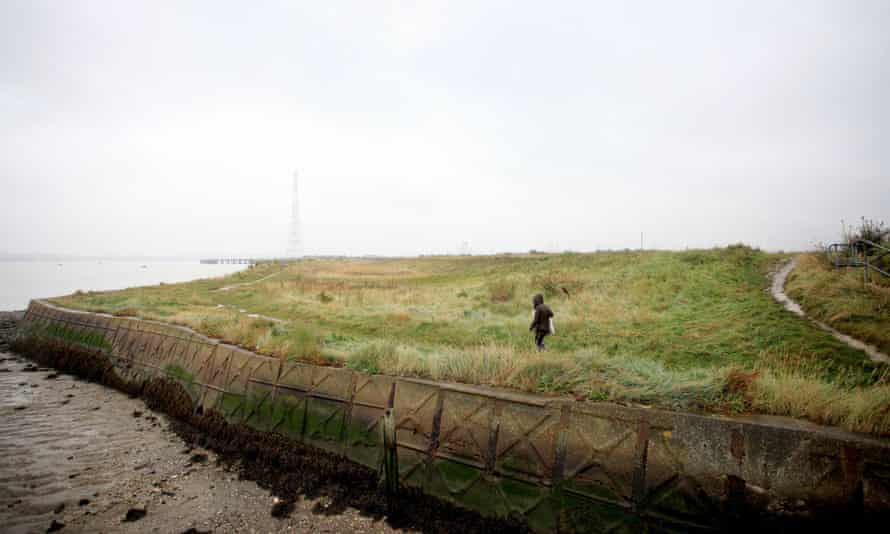
The coast path emerges on to a creek. Here a community of houseboat owners are working away to patch and repair their crafts. Thames barges lie docked for the winter and stonechats bob between the piles of timber and old railway carriages. These edgeland communities are inhabited by people who wish to live unfettered, too, and undoubtedly are as vulnerable to eviction as the wildlife.
As dusk falls, I follow the path back to the river. The lights from the QEII bridge pool out across the water. The drivers rushing overhead probably have little knowledge of the importance of the oasis tucked away down here. Post-industrial sites are not always easy to love, but the more you look, the more they reward you. I can only hope that the protection this place has been given is enough to prevent its loss.
 Top Naija News – Nigeria News, Nigerian News & Top Stories Top Naija News – Nigerian Newspapers, Nigerian News. topnaijanews is a daily Nigerian newspaper covering Latest News, Breaking News, Entertainment, Sports, Lifestyle and Politics.
Top Naija News – Nigeria News, Nigerian News & Top Stories Top Naija News – Nigerian Newspapers, Nigerian News. topnaijanews is a daily Nigerian newspaper covering Latest News, Breaking News, Entertainment, Sports, Lifestyle and Politics.
